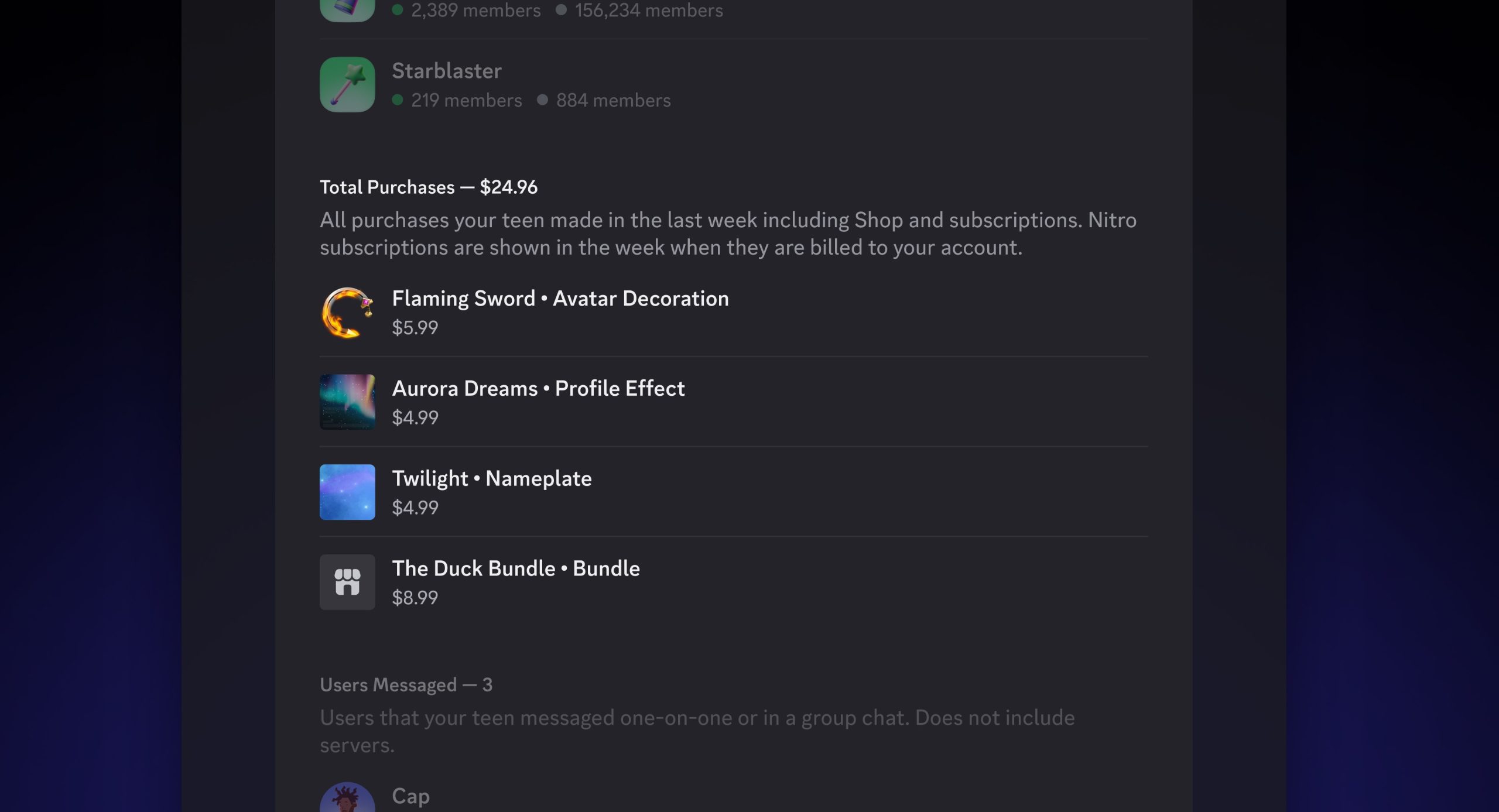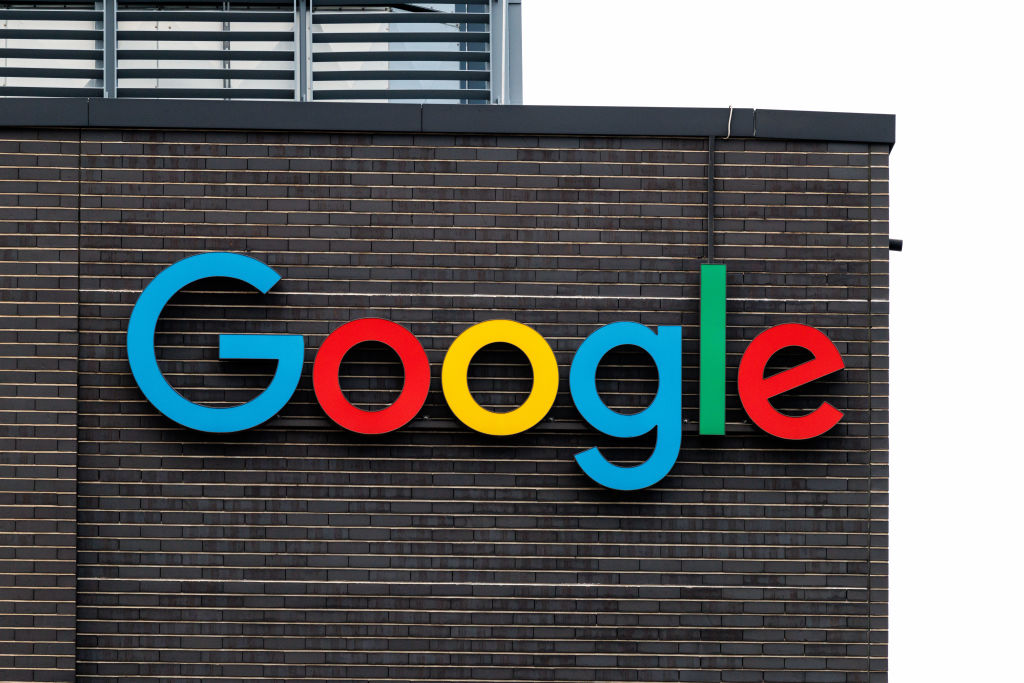
Tinder, the pioneering dating application, is embarking on an ambitious technological overhaul, integrating advanced artificial intelligence to re-engage its user base following nine consecutive quarters of declining paying subscribers, a trend reported through the third quarter of this year. This strategic pivot, revealed by parent company Match Group during a recent earnings call, centers on a new feature dubbed "Chemistry." This initiative aims to delve deeper into user personalities and preferences, utilizing interactive questionnaires and, crucially, requesting permission to access photos stored in users’ Camera Rolls. The goal is to move beyond superficial swiping and facilitate more meaningful, compatible matches.
A New Algorithm for Love: The ‘Chemistry’ Initiative
The "Chemistry" feature represents a significant departure from Tinder’s original, often criticized, swipe-based interface. While the fundamental mechanism of "liking" or "passing" profiles remains, Chemistry seeks to inject a layer of sophisticated algorithmic understanding. By posing a series of questions, the system will gather explicit data about a user’s interests, values, and lifestyle. The more innovative, and potentially contentious, aspect involves the AI’s ability to analyze images from a user’s personal photo library. Match Group envisions this analysis allowing the AI to infer interests and personality traits that might not be explicitly stated in a profile. For instance, if a user frequently has photos of themselves hiking, climbing, or engaging in other outdoor activities, the AI could flag this as a significant interest, subsequently prioritizing matches with individuals who share similar passions.
This pilot program is already underway in select markets, including New Zealand and Australia, serving as a crucial testing ground for a technology that Match Group CEO Spencer Rascoff has described as a "major pillar of Tinder’s upcoming 2026 product experience." The phased rollout indicates a long-term commitment to this AI-driven evolution, signaling a belief that deeper data insights are the key to revitalizing the platform’s appeal and financial performance.
Navigating the Privacy Frontier: Camera Roll Access and User Trust
The prospect of a dating app accessing a user’s entire Camera Roll raises significant questions about data privacy and user trust. While Tinder emphasizes that access would be granted "with permission," the implications of such widespread data collection are complex. Users must weigh the perceived benefit of improved match quality against the inherent privacy risks associated with allowing an AI to scan potentially thousands of personal images.
This move by Tinder is not isolated within the tech industry. Social media giant Meta recently launched a feature allowing its AI to suggest edits for photos still residing on a user’s phone, even those not yet shared publicly. These developments highlight a broader trend where tech companies are increasingly seeking to leverage personal, unshared data to enhance their AI capabilities and product offerings.
From a user perspective, the immediate benefits of granting Camera Roll access might appear abstract or "negligible" compared to the concrete act of giving an app unprecedented access to private visual data. The promise of "better, more compatible matches" relies heavily on the AI’s ability to accurately interpret complex human nuances from images, a capability that is still evolving and subject to scrutiny. Privacy advocates frequently point out that even anonymized or aggregated data can, in some circumstances, be de-anonymized or exploited. The potential for algorithmic bias in image interpretation, or the unintended exposure of sensitive information inferred from photos, remains a significant concern. Building and maintaining user trust in an era of increasing data breaches and privacy scandals is paramount for platforms venturing into such deep data integration.
Tinder’s Evolving Strategy Amidst Market Headwinds
Tinder’s aggressive push into AI reflects a strategic imperative driven by challenging market conditions. The app, once a dominant force in online dating, has experienced a consistent decline in its paying subscriber base, directly impacting Match Group’s financial outlook. For the third quarter, Tinder reported a 3% year-over-year revenue decline and a 7% decrease in paying users. This performance stands in contrast to the broader Match Group, which saw overall revenue increase by 2% to $914.2 million, largely in line with analyst expectations, although earnings per share (EPS) of 62 cents narrowly missed the anticipated 63 cents.
The financial implications of Tinder’s AI experimentation are already visible. Match Group’s fourth-quarter guidance includes a projected $14 million negative impact on Tinder’s direct revenue, directly attributed to the product testing phase. This, combined with broader industry trends, has led Match Group to revise its Q4 revenue guidance downward, now projecting between $865 million and $875 million, falling short of analysts’ expectations of $884.2 million. This indicates the substantial investment and potential short-term financial sacrifices Match Group is willing to make to secure Tinder’s long-term viability.
Historically, Tinder launched in 2012, rapidly disrupting the online dating scene with its simple, gamified "swipe" interface. It democratized dating, making it accessible and less stigmatized. Over the years, as competition intensified and user expectations evolved, Tinder introduced various features beyond the basic swipe, including "Super Likes," "Boosts," and a premium subscription model (Tinder Plus, Gold, Platinum). However, the core mechanism, while initially revolutionary, eventually led to "swipe fatigue" for many users, who grew tired of superficial interactions and a perceived lack of meaningful connections. This history underscores the cyclical nature of innovation in the tech world and the constant pressure to reinvent user experience.
The Broader Landscape: Shifting User Behaviors and Economic Pressures
Tinder’s challenges are not solely internal; they are reflective of a broader, more complex shift in the online dating landscape. A growing segment of younger demographics, particularly Gen Z, appears to be "leaning away" from traditional dating apps in favor of more organic, real-world interactions. This trend, sometimes dubbed "analog dating," emphasizes meeting people through social circles, hobbies, or chance encounters, bypassing the curated profiles and algorithmic matching of apps. Social media platforms, while not explicitly dating apps, also serve as alternative avenues for connection and romance, often blurring the lines between social networking and courtship.
Furthermore, economic headwinds are playing a significant role. In markets like the U.S., where concerns about a potential recession persist and disposable income for many consumers is shrinking due to inflation, users may be less inclined to pay for premium dating app subscriptions. This economic sensitivity directly impacts revenue streams for subscription-based models like Tinder’s, exacerbating the pressure to demonstrate clear value propositions for paid features. The confluence of evolving social norms and economic realities creates a tough market for all online dating platforms, demanding innovative solutions to retain and attract users.
AI’s Dual Role: Enhancing Safety and Personalization
Beyond the "Chemistry" feature, Tinder is integrating AI in other critical areas, demonstrating a multifaceted approach to leveraging this technology. The app now employs an LLM (Large Language Model)-powered system designed to detect potentially offensive messages before they are sent. This system nudges users with a prompt like, "Are you sure?" encouraging them to reconsider their communication and fostering a safer, more respectful environment. This proactive moderation is a significant step in addressing common complaints about harassment and inappropriate behavior on dating platforms.
Additionally, AI is being used to assist users in curating their profiles, specifically by helping them select their "best" photos. By analyzing engagement metrics or visual appeal, AI can guide users towards images that are most likely to attract positive attention, optimizing their chances of making a good first impression. These applications of AI highlight its potential to not only personalize the matching process but also to improve the overall user experience by enhancing safety and profile effectiveness.
Beyond AI, Tinder continues to experiment with a range of other features to boost engagement and subscriber numbers. These include new dating "modes" catering to specific intentions or interests, options for "double dates" to reduce first-date pressure, facial verification to enhance security and authenticity, and redesigned profiles that integrate bio information directly onto the first photo card and weave prompts into the photo carousel for a more dynamic presentation. These ongoing product developments underscore Tinder’s commitment to continuous innovation in a highly competitive and rapidly evolving market.
The Road Ahead: High Stakes for Tinder and Match Group
Tinder’s embrace of advanced AI, particularly the "Chemistry" feature with its deep data access, represents a high-stakes gamble. For Match Group, Tinder remains a flagship product, and its performance significantly influences the company’s overall financial health. The success of this AI-driven transformation hinges on several factors: the ability to convince users of the tangible benefits of sharing more personal data, effectively addressing privacy concerns, and demonstrating that AI can genuinely facilitate more meaningful connections.
If successful, Tinder could redefine the online dating experience, moving beyond the perceived superficiality of its origins towards a more nuanced, personalized, and engaging platform. This could not only reverse its subscriber decline but also set a new standard for the industry. However, if user adoption falters, or if privacy concerns outweigh perceived benefits, the financial impact could be substantial, further challenging Match Group in an already tough market. The coming years will reveal whether Tinder’s AI revolution is the catalyst for renewed growth or another chapter in the ongoing evolution of digital romance.




